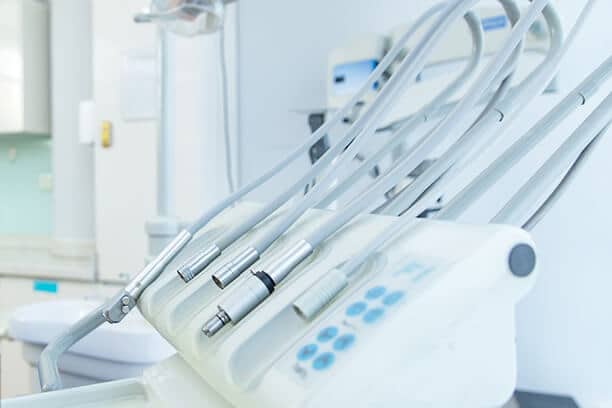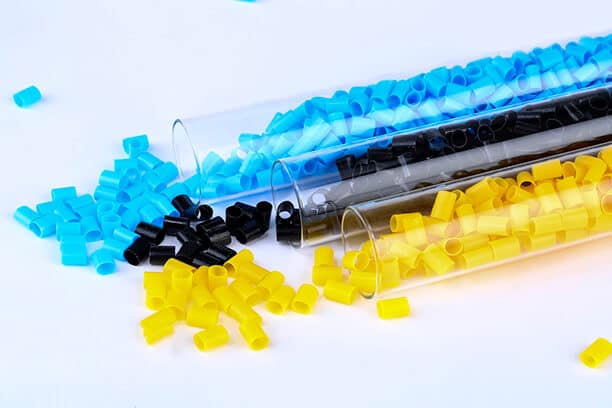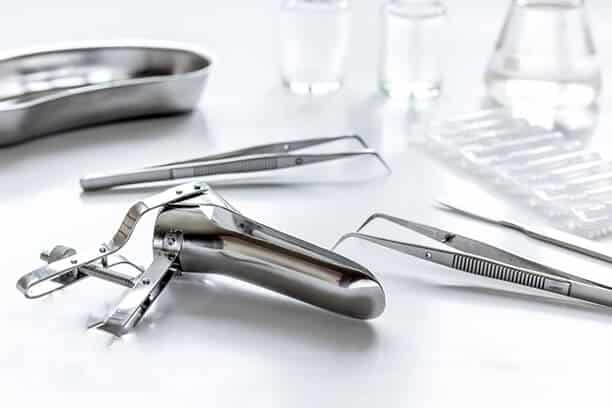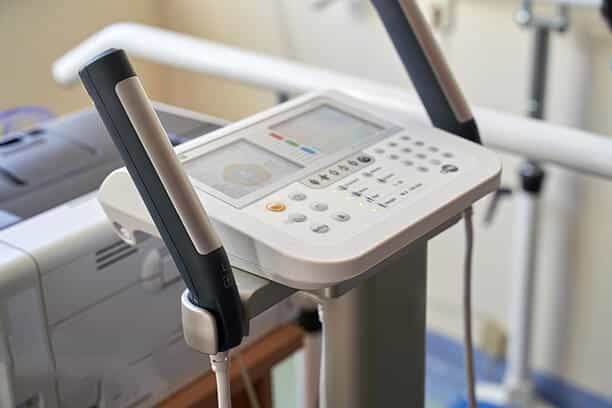The increase in COVID-19 cases has led to a higher demand for medical equipment, which in turn has emphasized the importance of material selection for designers and manufacturers of medical devices. It’s crucial to choose the appropriate materials for medical parts and equipment to ensure usability, quality, and compliance with standards. Opting for the right materials can offer the benefits of maximum cost-effectiveness and reliability.
Metallic biomaterials or medical metals have been extensively used in the production of surgical aids and tools, offering a diverse range of options to choose from. The successful advancement of materials such as cobalt-chromium alloy, stainless steel, titanium, and various alloys, along with their wide utilization in dentistry and orthopedics, has firmly established the significance of metallic medical materials in medical device manufacturing.
When designing devices for medical and healthcare purposes, it’s of great importance for manufacturers to be cautious in selecting the appropriate raw materials. Apart from meeting the necessary engineering specifications for the application, the chosen materials must also ensure the absence of any potential risks when in contact with the human body or the various chemicals commonly encountered in clinical environments. Careful consideration must be given to both functional requirements and the compatibility of the materials with the intended use.
In the medicine and healthcare sectors, numerous pure metals and metal alloys have proven their value. This article will go through the thirteen most common types of metallic biomaterials and metals utilized in medical device manufacturing.
13 Types of Metals for Medical Part and Device Manufacturing
Let’s see the thirteen most common types of pure metals and metal alloys, their applications, and their pros and cons in medicine and healthcare device manufacturing.
1. Stainless Steel
Stainless steel is highly suitable for a wide range of medical appliances due to its non-toxic, non-corrosive, and durable nature. Moreover, it can be polished to a fine finish that can be easily cleaned. As stainless steel is available in different variations, each with unique mechanical and chemical properties, selecting the appropriate type is crucial.
316 and 316L stainless steel are the most frequently utilized types for medical implants and body piercings due to their exceptional corrosion resistance. This attribute is essential in preventing bloodstream corrosion, which can lead to infections and potentially fatal consequences. Moreover, stainless steel contains low-nickel varieties so patients rarely suffer from allergic reactions to nickel.
440 stainless steel is commonly utilized in the production of surgical tools. While it may offer lower corrosion resistance compared to 316, its higher carbon content allows for heat treatment, resulting in the creation of sharp edges suitable for cutting instruments. Stainless steel finds widespread use in orthopedics, such as in replacement hip joints and the stabilization of fractured bones using screws and plates. Moreover, it’s frequently employed for manufacturing durable and easily cleanable surgical tools like hemostats, tweezers, forceps, and other equipment requiring both durability and sterility.
Since stainless steel contains iron, which can lead to corrosion over time, there is a risk to surrounding tissue as the implant deteriorates. In comparison, medical metals like titanium or cobalt chrome offer greater corrosion resistance. However, note that these alternative metals can be more costly.
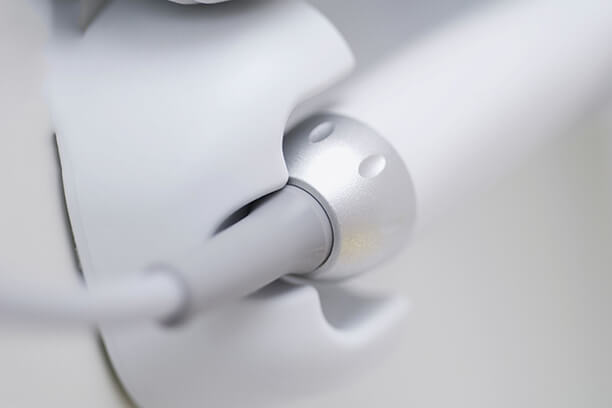
2. Copper
Due to its relatively weaker strength, copper is not extensively utilized for producing surgical equipment and implants. However, its notable antibacterial and antiviral properties make it a prevalent choice in the field of surgery and disease prevention.
Direct use of copper for medical implants is uncommon due to its softness and potential toxicity within the tissue. However, certain copper alloys are still employed in dental implants and to mitigate infection risks in bone transplant surgeries.
Copper truly excels as a medical metal due to its exceptional antiviral and antibacterial properties. This makes copper an ideal material for frequently touched surfaces, such as door handles, bed rails, and switches. What sets copper apart is that the FDA has approved over 400 different copper alloys as biocidal, effectively preventing the transmission of viruses like SARS-CoV-2.
When exposed to the environment, pure copper easily undergoes oxidation, resulting in a greenish color. Despite this, it maintains its antimicrobial properties. However, some individuals may perceive the discoloration as unattractive. To address this, alloys are commonly employed, offering different levels of effectiveness against microbes. Another option is applying thin-film coatings to prevent oxidation while preserving the antibacterial properties of copper.
3. Titanium
Titanium is highly favored among the metals commonly utilized in the production of medical devices. Apart from internal medical equipment, it is also employed in the manufacturing of external devices like surgical instruments, dental equipment, and orthopedic gear. Pure titanium, known for being extremely inert, is the most costly option often reserved for ultra-high reliability components or those intended for long-term use within a patient’s body after surgery.
Nowadays, titanium is frequently employed as a substitution for stainless steel, particularly in the production of bone supports and substitutes. Titanium possesses comparable strength and durability to stainless steel while being lighter in weight. Furthermore, it showcases excellent biocompatibility properties.
Titanium alloys are highly suitable for dental implants as well. This is attributed to the fact that titanium can be utilized in metal 3D printing to fabricate fully customized components based on a patient’s scans and X-rays. This enables an impeccable fit and personalized solution.
Titanium stands out for its lightweight and robust nature, surpassing stainless steel in terms of corrosion resistance. Nevertheless, there are certain limitations to consider. Titanium alloys may exhibit insufficient resistance to bending fatigue under continuous dynamic loads. Moreover, when employed in replacement joints, titanium is not as resilient to friction and wear.
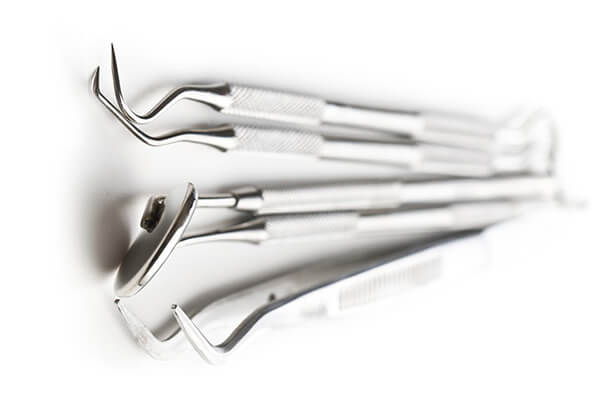
4. Cobalt Chrome
Composed of chromium and cobalt, cobalt chrome is an alloy that offers several advantages for surgical instruments. Its suitability for 3D printing and CNC machining allows for convenient shaping of desired forms. Furthermore, electropolishing is implemented to ensure a smooth surface, minimizing the risk of contamination. With excellent attributes such as strength, wear resistance, and high-temperature endurance, cobalt chrome is among the top choices for metal alloys. Its biocompatibility makes it ideal for orthopedic prosthetics, joint replacements, and dental implants.
Cobalt chrome alloys are highly regarded medical metals used for hip and shoulder socket replacements. However, there have been concerns regarding the potential release of cobalt, chromium, and nickel ions into the bloodstream as these alloys gradually wear out over time.
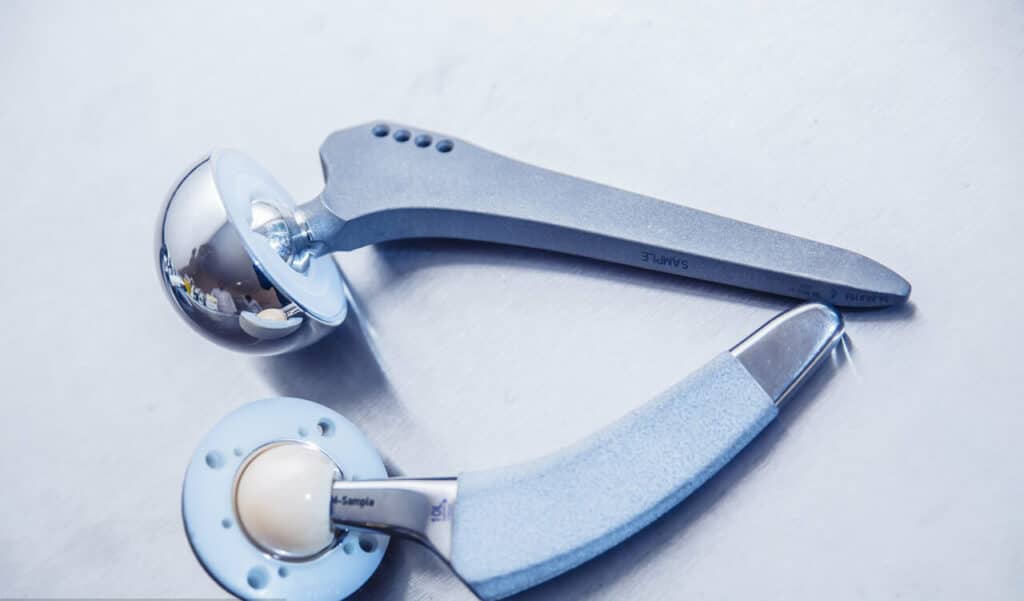
5. Aluminum
Rarely in direct contact with the body, aluminum remains widely utilized in the production of various support equipment that necessitates lightweight, robust, and corrosion-resistant properties. Examples include intravenous stents, walking sticks, bed frames, wheelchairs, and orthopedic stents. Due to its tendency to rust or oxidize, aluminum components typically require painting or anodizing processes to enhance their durability and lifespan.
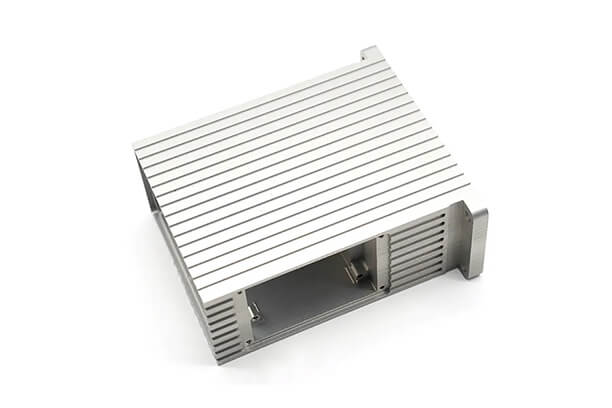
6. Magnesium
Magnesium alloys are medical metals known for their exceptional lightness and strength, resembling the weight and density of natural bone. Moreover, magnesium demonstrates biosafety as it naturally and safely biodegrades over time. This property makes it suitable for temporary stents or bone graft replacements, eliminating the need for secondary removal procedures.
However, magnesium oxidizes rapidly, necessitating surface treatment. Additionally, machining magnesium can be challenging and precautions must be taken to avoid potentially volatile reactions with oxygen.
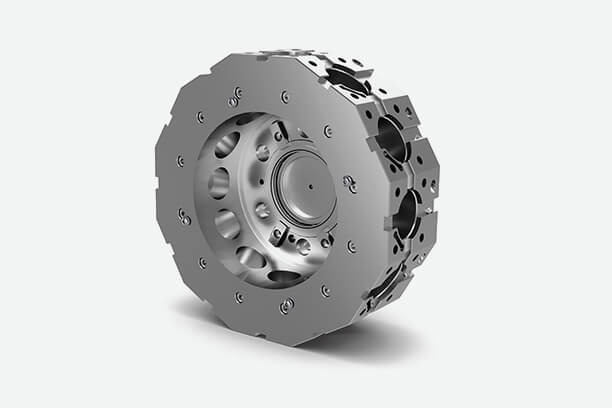
7. Gold
Gold, possibly one of the earliest medical metals utilized, boasts excellent corrosion resistance and biocompatibility. Its malleability allows for easy shaping, making it a popular choice in the past for various dental repairs. However, this practice has become less prevalent, with gold now being substituted by synthetic materials in many cases.
While gold does possess some biocidal properties, it’s worthwhile to note that its cost and rarity limit its use. Typically, gold is employed in very thin platings rather than as solid gold. Gold platings are commonly found on conductors, wires, and other micro-electronic components utilized in electro-stimulation implants and sensors.
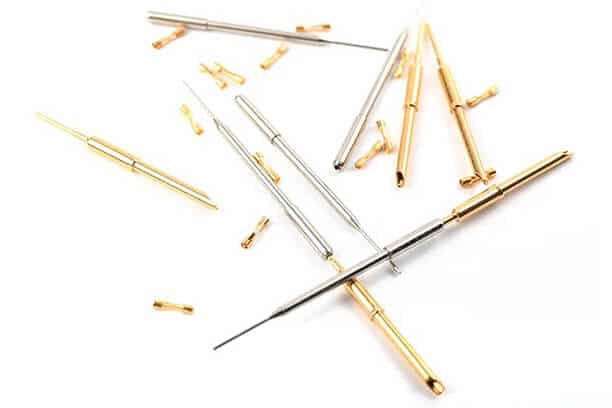
8. Platinum
Platinum, another profoundly stable and inert metal, is considered an excellent option for surgical devices and equipment due to its biocompatibility and exceptional conductivity. Delicate platinum wires find extensive use in internal electronic implants like hearing aids and pacemakers. Moreover, platinum finds its applications related to neurological disorders and monitoring brain waves.
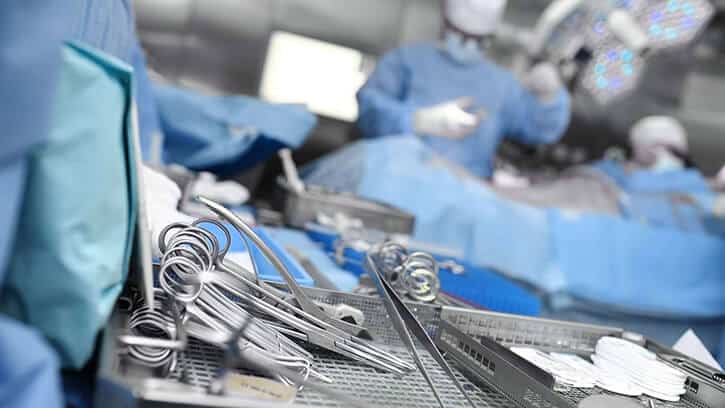
9. Silver
Similar to copper, silver possesses inherent antimicrobial properties, making it valuable in various applications. It finds utility in stents, and non-load-bearing implants, and is even incorporated into cementitious compounds used for bone plastering. Additionally, silver is alloyed with zinc or copper to produce dental fillings.
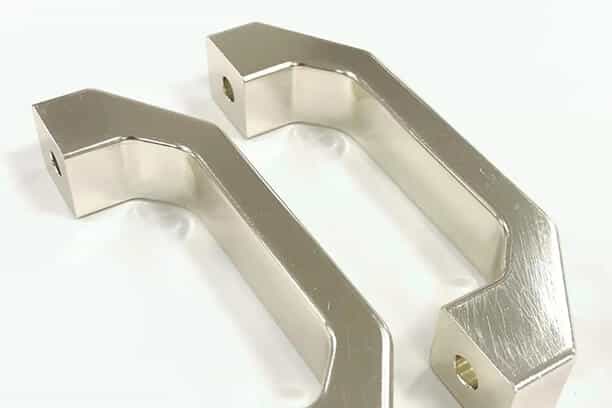
10. Tantalum
Tantalum exhibits remarkable characteristics such as high heat resistance, excellent workability, resistance to acids and corrosion, as well as a combination of ductility and strength. As a highly porous refractory metal, it facilitates bone growth and integration, making it suitable for implants in the presence of bone.
Tantalum finds application in various medical instruments and diagnostic marker tapes due to its immunity to bodily fluids and corrosion resistance. The advent of 3D printing has enabled tantalum to be utilized in cranial bone replacements and dental devices like crowns or screw posts. However, due to its rarity and cost, tantalum is often used in composite materials rather than in its pure form.
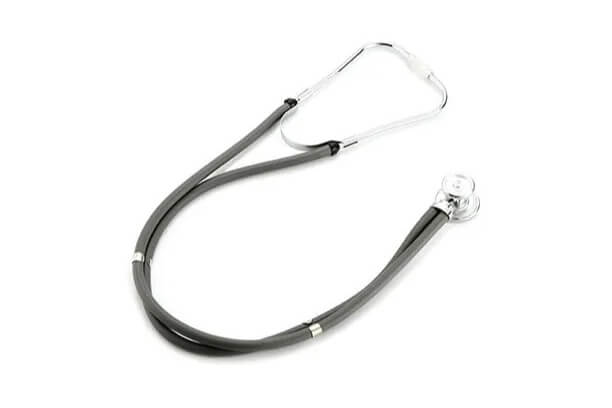
11. Nitinol
Nitinol is an alloy made up of nickel and titanium, known for its exceptional corrosion resistance and biocompatibility. Its unique crystalline structure allows it to exhibit superelasticity and shaped memory effect. These properties have revolutionized the medical device industry by allowing the material to return to its original shape after deformation, based on a specific temperature.
In medical procedures where precision is crucial, nitinol offers flexibility to navigate tight spaces while maintaining durability to withstand substantial strain (up to 8%). Its lightweight nature and excellent performance make it an ideal choice for manufacturing various biomedical applications. Examples include orthodontic wires, bone anchors, staples, spacer devices, heart valve tools, guidewires, and stents. Nitinol can also be utilized to create markers and diagnostic lines for locating breast tumors, offering less invasive options for breast cancer diagnosis and treatment.
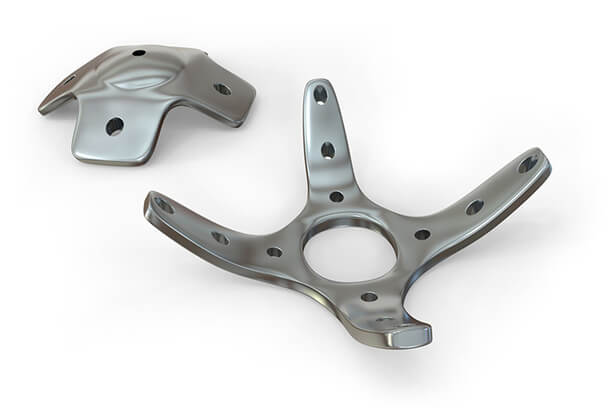
12. Niobium
Niobium, a refractory special metal, finds application in modern medical equipment. It’s recognized for its exceptional inertness and biocompatibility. Alongside its valuable attributes including high thermal and electrical conductivity, niobium is frequently utilized in the production of small components for pacemakers.
13. Tungsten
Tungsten is commonly used in medical equipment, particularly in the production of tubes for minimally invasive procedures like laparoscopy and endoscopy. It offers mechanical strength and can also fulfill the need for radiopacity, making it suitable for fluorescence inspection applications. Additionally, the density of tungsten surpasses that of lead, making it an environmentally friendly alternative for radiation shielding materials.
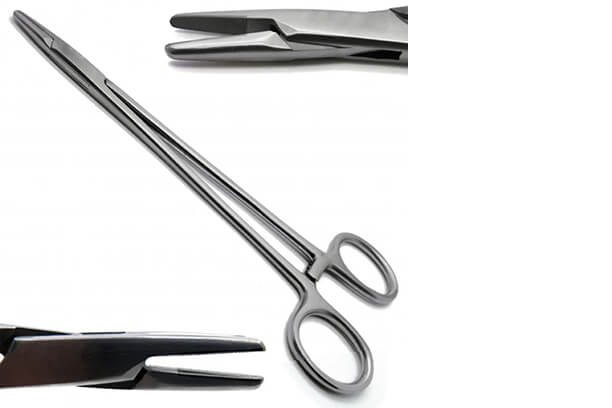
Biocompatible Materials Available for Medical Devices
When it comes to biocompatible materials used in healthcare settings, they must adhere to specific criteria that may not apply to other products.
For instance, they need to be non-toxic when in contact with human tissue or bodily fluids. Additionally, they should possess resistance to chemicals used for sterilization, such as cleaners and disinfectants. In the case of medical metals used for implants, they must be non-toxic, non-corrosive, and non-magnetic. Research continually explores new metal alloys, as well as other materials like plastic and ceramic, to assess their suitability as biocompatible materials. Furthermore, some materials may be safe for short-term contact but not appropriate for permanent implants.
Due to the numerous variables involved, regulatory bodies like the FDA in the United States, along with other global agencies, do not certify raw materials for medical devices per se. Instead, the classification is assigned to the final product rather than its constituent material. Nevertheless, selecting a biocompatible material remains the initial and crucial step toward achieving the desired classification.
Why Are Metals the Preferred Material for Medical Device Components?
In situations where exceptional strength and stiffness are required, metals, particularly in small cross sections, are often the preferred choice. They are well-suited for components that need to be shaped or machined into intricate forms, such as probes, blades, and points. Furthermore, metals excel in mechanical parts that interact with other metal components like levers, gears, slides, and triggers. They are also suitable for components that undergo high-heat sterilization or necessitate superior mechanical and physical properties compared to polymer-based materials.
Metals typically offer a durable and glossy surface that facilitates easy cleaning and sterilization. Titanium, titanium alloys, stainless steel, and nickel alloys are highly favored in medical equipment due to their ability to meet strict cleaning requirements in healthcare applications. Conversely, metals prone to uncontrolled and destructive surface oxidation, such as steel, aluminum, or copper, are excluded from such applications. These high-performance metals boast unique properties, some limitations, and exceptional versatility. Working with these materials calls for innovative design approaches, which may differ from those typically employed with standard metals or plastics, offering a multitude of possibilities for product engineers.
Preferred Forms of Certain Metal Used for Medical Devices
There are several forms of titanium alloys, stainless steel, and hardenable alloys that are commonly used in the medical industry, including plate, rod, foil, strip, sheet, bar, and wire. These different forms are necessary to meet the specific requirements of medical device components, which are often small and complex in nature.
To manufacture these shapes, automatic stamping presses are typically employed. Strips and wire are the most commonly used starting materials for this type of processing. These mill forms come in various sizes, with strip thickness ranging from ultra-thin foil at 0.001 in. to 0.125 in., and flat wire available in thicknesses of 0.010 in. to 0.100 in., and widths of 0.150 in. to 0.750 in.
Considerations for Using Metals in Medical Devices Manufacturing
In this sector, we’ll go through four main factors when using metals for medical device manufacturing, that is machining, formability, hardness control, and surface finish.
1. Machining
The machining properties of the 6-4 alloy closely resemble those of austenitic stainless steels, with both materials rating around 22% of AISI B-1112 steel. However, it should note that titanium reacts with carbide tooling, and this reaction is intensified by heat. Therefore, it is recommended to use heavy flooding with cutting fluid when machining titanium.
It’s important to avoid using fluids that contain halogen, as they can pose a risk of causing stress corrosion if they are not thoroughly removed after machining operations.
2. Formability
Stampers typically prefer materials that are easy to cold form. However, it’s worth noting that formability is inversely related to the specific properties that buyers seek when selecting these alloys, such as excellent hardness and strength.
For example, surgical staples need to possess maximum strength to prevent separation, even with a very slim cross-section. At the same time, they must be extremely formable to allow surgeons to tightly close them without requiring invasive staple tools.
Achieving a balance between strength and formability can be effectively accomplished during the reroll stage. By carefully rolling the strip to the desired gauge and employing annealing between passes to counter the effects of work hardening, an optimal level of formability is achieved.
Rerollers employ a process of alternating heat treating and cold rolling to provide a formable material that is well-suited for forming, drawing, and punching using conventional multislide and multidie stamping equipment.
While the ductility of titanium and its alloys may be lower than that of other commonly used structural metals, strip products can still be easily formed at room temperature, albeit at a slower rate than stainless steel.
After cold forming, titanium exhibits spring back due to its low modulus of elasticity, which is approximately half that of steel. It’s worth noting that the degree of spring back increases with the strength of the metal.
When room temperature efforts are not sufficient, forming operations can be carried out at elevated temperatures since the ductility of titanium increases with temperature. Generally, unalloyed titanium strips and sheets are cold-formed.
However, there is an exception for alpha alloys, which are occasionally heated to temperatures between 600°F to 1200°F to prevent spring back. It’s worthwhile to note that beyond 1100°F, oxidation of titanium surfaces becomes a concern, so a descaling operation may be necessary.
Since the cold-welding attribute of titanium is higher than those of stainless steel, proper lubrication is crucial when conducting any operation involving titanium that comes into contact with metal dies or forming equipment.
3. Hardness Control
Utilizing a rolling and annealing process to achieve a balance between formability and strength in alloys. By annealing between each rolling pass, the effects of work hardening are eliminated, resulting in the desired temper that maintains the material’s strength while providing the necessary formability.
To meet stringent specifications and minimize costs, experts at Runsom Precision can assist in alloy selection and offer comprehensive solutions to your medical metal machining. This ensures the alloys possess the desired combination of properties, aligning with the specific requirements and constraints.
4. Surface Finish
During the reroll stage, the surface finish of titanium-based and stainless steel strip products is determined. Designers have a variety of options to choose from, including a bright and reflective finish, a matte surface that facilitates lubrication transfer, or other specialized surfaces necessary for bonding, brazing, or welding purposes.
The surface finishes are created by the contact between the work rolls and the material in the rolling mill. For example, using highly polished carbide rolls results in a mirror-bright and reflective finish, while shot-blasted steel rolls produce a matte finish with a roughness of 20-40 µin. RMS. Shot-blasted carbide rolls provide a dull finish with an 18-20 µin. RMS roughness.
This process is capable of producing a surface with a roughness of up to 60 µin. RMS, which represents a relatively high level of surface roughness.
Commonly Used Metals and Alloys for Medical Applications
Stainless steel, titanium, and nickel-based alloys are perceived as more advanced materials compared to conventional ones. However, they also bring a wider range of capabilities to the table. These materials have the ability to modify their mechanical characteristics through processes such as heating, cooling, and quenching. Moreover, during processing, they can undergo further modifications as required. For instance, rolling metals into thinner gauges can increase their hardness, while annealing can restore their properties to a precise temper, allowing for cost-effective shaping.
These metals perform well in medical applications. They exhibit exceptional corrosion resistance, possess high mechanical capabilities, offer a wide range of surface treatment options, and provide excellent production versatility once designers become familiar with their complexity.
Conclusion
When manufacturing medical equipment, it’s crucial to carefully choose the appropriate metals. Commonly used metals for this purpose include stainless steel, titanium, cobalt chrome, copper, tantalum, and platinum. These metals are preferred due to their excellent biocompatibility and durability. Although palladium is also gaining recognition, its utilization is relatively limited due to its higher costs. We hope this guide will assist you in finding the suitable metal that fulfills your medical projects or applications.
Get Your CNC Machined Metal Parts for Medical Devices at Runsom Precision
Runsom Precision has extensive experience working with a wide range of materials, including the aforementioned metals, to create projects that cater to various industries such as medical, automotive, aerospace, and communication industries. We are well-equipped and eager to collaborate with you on starting your next medical device project. Upload your files online and get an instant quote now!
Other Articles You May Be Interested in:

